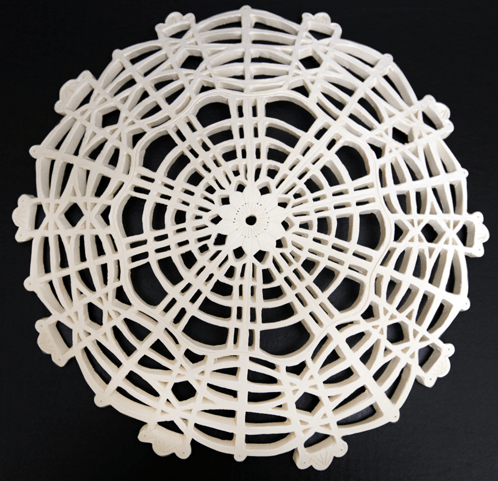Feedback from MA group:
- undid a drawing by folding it over & try to undo it
- deconstructive drawings of architecture - 90's , fragmented aspect, scale up through building from space
- undone it to put it back together
- add order and understand it, through the folding and overlays
- doing & undoing
- motion
- livework evern though still
- 3D objects & archtiecture - a still place where action happens
- made them active with the stictch, using motion,
- a book is an active way to look at images
- paths - books & acetate drawings incorporate media
- print making to scale up - rotation on screen prints
- needle punching and thicker yarn.
- lines seemed physical & real
- images 3 - like pieces of fire wood
- movement - the depth & movement from the work
- motion - up towards sky
- images - 3D quality - the pieces hanging and the light behind
- black & white pieces moving around with them
- 1st image sets tone- influenced the reading
- skyscrapers hectic city life, & the confusion
- the intention and the context how images are shown
- so much is happening
- softely touch one technique and then move on to the next one
- motivation to bring message or process was about energy
- 3D buildings
- squashed buildings -
- abstract objects or sculptures
- large ceramic pieces in a gallery etc
- journey - squash them & remake them in different materials
- 2D drawing give 3D/4D moving through & within the space
- Image 7 - sound reverbation
- asking to be made bigger, 3D or body size
- moving through space - exquisite minimalist eloquence
- edging -framing is important
- how to keep it alive
- vertically or horizontally - both or one?
On the absence of colour:
- makes sense - distraction from how it is processed
- read as diagrams - it would lead to question what the colours represents 'colouring the eyes'
Response to feedbackThe aspect of motion/movement - I was unaware of this but can see it now it has been highlighted. The drawing in to 3D aspirations, scaling up was largely agreed upon and deeper intimacy with techniques rather than the 'light touch' that has happened thus far. Exploring density through embroidery techniques and materials.
 H: I love this so much, its starting to do something the white paper didn't do.I think the experiments with colour could also inform density/background.Try drawing with a thick ass Sharpie too. The thickest you can find. Just to see how that changes. 'Weight' on its own has so many possibilities, I'm so curious to see.With the stitches, I feel like I want there to be more density. I know you like the chain stitch, but I suggest going for something with more volume and relief like questions.Some of the drawings are dense in terms of weight & they are so beautiful. They overwhelm sometimes in an amazing way.I feel like that needs to come in with the stitches, I want to see thickness & more aggressive gestures.
H: I love this so much, its starting to do something the white paper didn't do.I think the experiments with colour could also inform density/background.Try drawing with a thick ass Sharpie too. The thickest you can find. Just to see how that changes. 'Weight' on its own has so many possibilities, I'm so curious to see.With the stitches, I feel like I want there to be more density. I know you like the chain stitch, but I suggest going for something with more volume and relief like questions.Some of the drawings are dense in terms of weight & they are so beautiful. They overwhelm sometimes in an amazing way.I feel like that needs to come in with the stitches, I want to see thickness & more aggressive gestures.  'The fold book' I would bind the papers but not make it a rigid book. The lines are crazy...what if you tried just binding things together in no order, as you write about order vs chaos. What if it doesn't conform to a book form?
'The fold book' I would bind the papers but not make it a rigid book. The lines are crazy...what if you tried just binding things together in no order, as you write about order vs chaos. What if it doesn't conform to a book form? The fragmented & reassembled pieces are starting to do that if you bind this way - try it!
The fragmented & reassembled pieces are starting to do that if you bind this way - try it! Keep layering until you can't layer anymore. Take the chaos to a crazy level... then bring it back.References for density from a simple material: John Chamberlain - the Foam Sculptures,
Keep layering until you can't layer anymore. Take the chaos to a crazy level... then bring it back.References for density from a simple material: John Chamberlain - the Foam Sculptures,



 Image 2: paper collage and acrylic in sketchbook, 21.5cm x 27cm
Image 2: paper collage and acrylic in sketchbook, 21.5cm x 27cm


 (screenshots of website)the fragility of time? life? but why? for what purpose?Rokni Haerizadeh -
(screenshots of website)the fragility of time? life? but why? for what purpose?Rokni Haerizadeh -  (
(